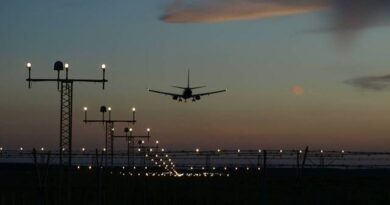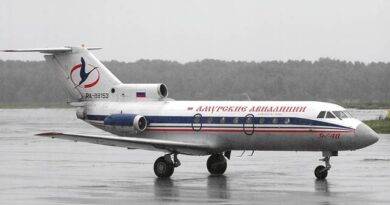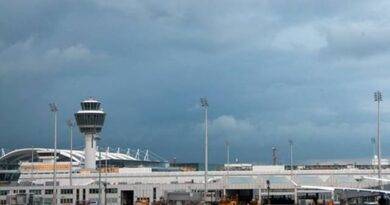What is Atmospheric Pressure? and Affecting Factors
The gases that make up the atmosphere exert a force on objects with their weight. This force is called atmospheric pressure. Atmospheric pressure is measured by barometer and evaluated in units of millibars (mb). Standard air pressure is the weight of air falling on a surface of 1cm² at 45 ° latitude, 15 ° C temperature and sea surface. This weight is 1033 gr and it is equal to 1013 mb air pressure.
1013 millibars is considered standard pressure. Those above this value are called high pressure (anticyclone), those below are called low pressure (cyclone). The highest pressure value ever measured on the earth is 1079 mb. The lowest pressure measured is 886 mb. Air pressure was first measured in 1643 by the Italian scientist Torricelli with a mercury barometer. Toricelli conducted his experiment at 15 ° C at sea level. The closed end, 1 cm diameter glass pipe with a length of 1 meter was completely filled with mercury, its mouth was closed and opened after immersing it in the mercury container. It was observed that the mercury in the pipe did not discharge into the container completely and remained in balance at 76 cm. Atmospheric pressure varies according to place and time.
Factors affecting Atmospheric Pressure are as follows;
1. Temperature
As the air warms, it expands and becomes lighter. As it cools, it becomes squeezed and heavy. For this reason, the pressure is high in places where the weather is cold and low in places where it is hot. So there is an inverse proportion between temperature and pressure. Therefore, there is a low pressure area at the equator and a high pressure area at the poles.
2. Season
Since the temperature changes according to the season, atmospheric pressure also changes.
3.Height
There is an inverse proportion between altitude and pressure. The pressure of the atmosphere decreases as you climb higher. The reason for this is that the weight and density of its gases decrease with the thickness of the atmosphere as it rises.
4. Gravity
There is a direct proportion between gravity and pressure. As gravity increases, pressure increases. The weight of objects depends on gravity. Due to the shape of the earth, gravity is less at the equator and more at the poles. Accordingly, air pressure is less at the equator than at the poles.
5. Dynamic Factors
It occurs as a result of lowering and accumulation of air masses or ascending and dilution. For example, reverse Alize winds blowing from the equator to the poles in the upper parts of the troposphere descend around 30 ° latitudes with the effect of the daily motion of the earth and form high pressure areas.
The western and polar winds meet and rise around 60 ° latitudes and form low pressure areas here. In this way, pressure centers formed due to air movements are called dynamic pressure centers.
6. Winds
Winds affect the density and temperature of the air and change the atmospheric pressure.
For more articles click.



